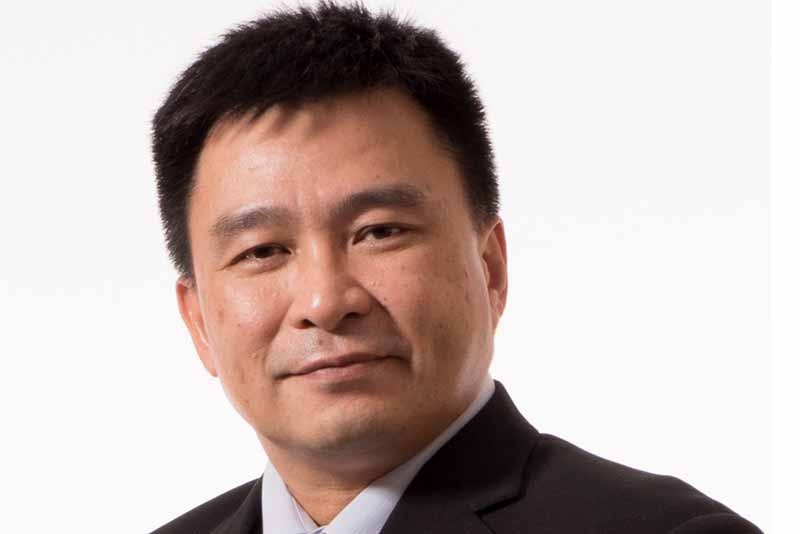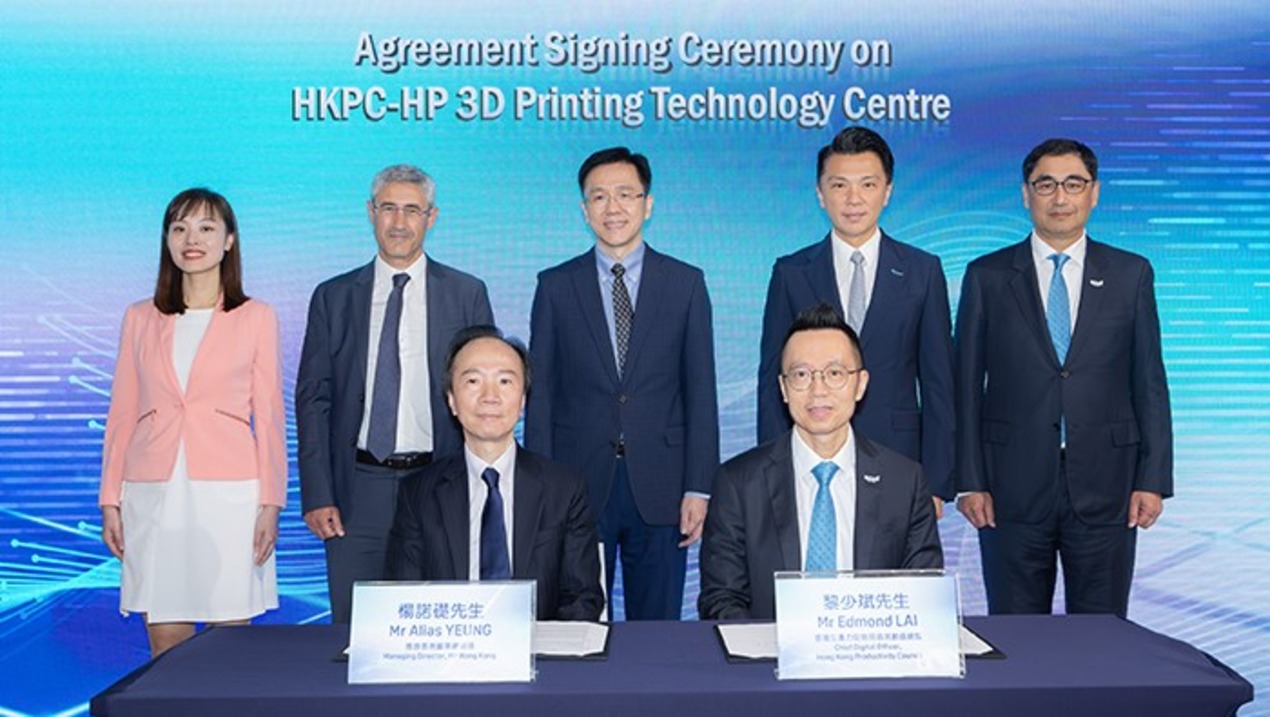
The Building and Construction Authority (BCA) recently revamped their Green Mark scheme in early September, marking 10 years since the initial Green Mark scheme was launched.
The Green Mark works to set parameters and establishes indicators to guide the design, construction and operation of buildings towards increased energy effectiveness and enhanced environmental performance.
It provides a consistent method to assess and verify buildings for their overall environmental performance which assists project teams to deliver a more sustainable built environment and encourages best practice and market transformation.
The revamped Green Mark scheme, Green Mark 2015,provides a platform to recognise and make mainstream the leadership needed to drive creative, organisational & technical improvements to the overall environmental credentials of projects. It aims to further stretch building outcomes to substantially reduce the environmental impacts and increase the life-cycle quality of projects.
OpenGov got in touch with Mr. Ang Kian Seng, Group Director, Technology Development, BCA to ask him a few questions about the recent edition of the BCA Green Mark 2015 scheme. He told us about the scheme’s main thrusts, changes to the plan, how it was redeveloped, and the greater impact it is expected to have.
Main Thrusts of Green Mark 2015
The main thrusts of the Green Mark 2015 focus on Climatic Responsive Design, Building Energy Performance, Resource Stewardship, Smart & Healthy Building and Advanced Green Efforts.
As compared with previous Green Mark versions, the Green Mark 2015 places greater emphasis on the health and well-being of building users. Their benchmarking will report on this and demonstrate how tenants are actively improving energy performance.
“We are targeting the building occupants, as electricity consumption within occupant facilities commonly contribute as much as 50% of a commercial building’s electrical consumption, with air-conditioning and common facilities taking up the other half,” Mr. Kian Seng told us.
“There is also promotion of leadership, integrated design, and collaboration across the entire construction value chain. With this, energy consumption is driven from both top down by design and integration, and ground up by individual behaviour.”
Changes to Green Mark scheme
The key changes to the Green Mark scheme include that it has been streamlined and a greater emphasis is placed on the promotion of leadership, integrated design, and collaboration across the whole construction value chain.
Mr. Kian Seng told us more about what the main thrusts of the Green Mark 2015 are about. With respect to the area of Climatic Responsive Design, the Green Mark 2015 encourages climatic responsive passive design strategies in the building structure and fabric. With respect to Building Energy Performance, scoring now covers both the building energy efficiency by design and also the energy consumption behaviour. The Green Mark 2015 encourages the usage of renewable energy through the requirement of solar feasibility studies and solar-ready roof design.
ThroughResource Stewardship, the Green Mark 2015 encourages the reduction of environmental impact through sustainable construction practices, understanding of embodied energy, life cycle of materials and use of sustainable fit-outs.
“There is now a greater emphasis on indoor environmental quality, through the aspect of Smart and Health Building, as well as scoring for smart control and analytics used in managing and optimising building resources,” said Mr. Kian Seng.
There is equal weighting across the thrusts in order to facilitate a complete image of building performance. This is represented by 80 sustainability indicators.
Development and Key Players in the redevelopment
BCA works to engage stakeholders constantly. Mr. Kian Seng described how they involve and engage industry firms in their policy planning process, from formulation to policy implementation and evaluation stages. This collaborative or co-creation approach adds a practical dimension to the scheme.
“Green Mark 2015 was formulated with strong industry involvement of 12 specialist technical taskforces, tapping on the knowledge of more than 100 industry members. This is by far the most collaborative and consultative initiative in the 10 years of our green building movement,” Mr. Kian Seng stated.
BCA also partnered with various institutional bodies such as the National University of Singapore and the Eindhoven University of Technology. Together, they commissioned studies and research to develop empirical evidence. This research supported new areas which validated the rigour of the standards, parameters and methodology.
Feedback considered when formulating Green Mark 2015
The feedback that was used towards the development of Green Mark 2015 has led the BCA to begin developing an extensive suite of guidebooks and worked examples for the industry’s reference, Mr. Kian Seng told us.
Feasibility of criteria and the weightage assigned to the various criteria were some of the opinions considered in the drafting of Green Mark 2015. Through consultation sessions, BCA fine-tuned criteria requirements and streamlined weightage of points to ensure balance to the overall framework.
“We received positive feedback at the launch of Green Mark 2015 at the International Green Building Conference 2015. We will see a greater ownership of Green Mark by the industry, especially so with an ongoing process of soliciting industry’s input following the launch,” said Mr. Kian Seng, “The Green Mark 2015 has also further raised Singapore’s profile as a Green Hub in the region, with positive comments from overseas entities such as the Green Building Council of Australia.”
We asked Mr. Kian Seng how this would affect buildings whom already complied to the previous standards. Green Mark 2015 is only for new non-residential building developments, so Mr. Kian Seng told us that there would not be any issue with existing buildings owned by agencies certified by Green Mark previously.
Agencies must stay informed about the changes and updates to the Green Mark initiative, in order to comply with the standards set by the BCA. When the Green Mark 2015 launched in September, Mr. Kian Seng told us that an introductory workshop on the criteria was organised during the IGBC, in which representatives from agencies and the industry attended. “As with other BCA policies and initiatives, BCA uses channels such as CORENET to disseminate circulars and updates to keep agencies updated,” Mr. Kian Seng emphasised.
Green Mark 2015 will drive sustainability outcomes
The Green Mark 2015 will continue to drive sustainability outcomes which work to address climate change. “We expect two key impacts: proactive leadership and increased appreciation of sustainability by the industry and public,” stated Mr. Kian Seng.
He said that the scheme will recognise and make mainstream the leadership required to drive improvements to the overall environmental credentials of projects. This will aid corporations with their business sustainability reporting.
The Green Mark 2015 clarifies sustainability outcomes and indicators which define a green building, it is set to increase understanding and appreciation across Singapore.



















